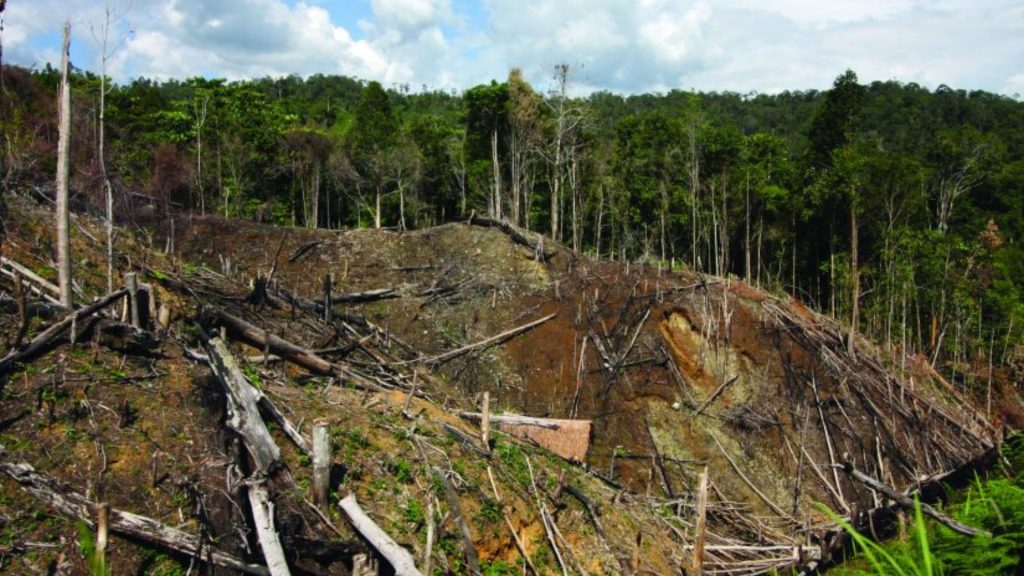What are the main drivers of environmental crimes? Environmental crime has a wide range of underlying causes. Thus it is important to carefully prepare the design, identification, and execution of appropriate responses. With high demand for everything from animals, lumber, and pulp to inexpensive illicit chemicals and unregulated gold and minerals, recruiting and illicit trafficking will continue owing to the profitable nature of the industry. Environmental crime is driven and sustained by customers ready to pay extraordinary rates for illegal goods, irrespective of where it comes from or whether it is legal.
What are the Main Drivers of Environmental Crimes?
Price and cost differences are also important market factors for goods and services related to the environment. Examples of these differences include situations where “demand exceeds the availability of legal items” and when black market prices are greater than those on the legal market.
Demand for illicit timber will increase as long as costs are much lower than those in legitimate markets and restrictions are minimal. Every year, tons of logs are openly transported across borders or by sea on trucks and vessels while being mixed with legal sources, labeled as plantation wood or pulp from plantation wood, or mixed with timber from other countries of origin. Since permits are seldom checked or validated, it is quite simple for offenders to engage in illegal trading.
There are several cases involving the widespread issuance of fake eco-certification certificates, hacking official websites to get fake transport licenses, fabrication of customs documents and transport permits, and using fake customs codes. When illegal wildlife items are viewed as unusual and uncommon, buyers place a higher value on them, which raises their costs. Even if supply-side anti-poaching measures are successful, they could nevertheless help raise prices.
The spending power of consumers, particularly in developed nations, also plays a role in the rise of environmental crimes. For example, developed nations are big consumers of a wide range of environmental crime products, including lumber, exotic pets, food, building materials, luxury goods, items used to make traditional remedies, religious artifacts, and even working animals. The illicit wood trade is a prime illustration of a business that primarily transfers goods from developing nations to developed nations. According to one survey, between 60 to 70 percent of tropical wood transported into the European Union comes from dubious sources.
Depending on the item and the market, product values typically rise in commodity chains in a range of orders of magnitude. According to research on the Peruvian timber market, the same cubic meter of wood can be retailed for 70 dollars by a local group, then resold for 155 dollars by a trader to an indigenous chief who makes the most money, making 626 dollars—a gain of over 300 percent.
The cost has jumped by 5,200 percent compared to what the loggers and/or indigenous people were paid by the point the timber reaches the importer. It’s interesting to note that those source nations, particularly China and other growing economies in Asia, are evolving into key consumer marketplaces in the trade of illegal environmental goods.
Poverty indulges people in crimes. Poverty, like other types of crime, plays a crucial role in criminal behavior, especially true in areas where citizens’ primary source of income and employment is the illegal economy.
Illegal mining, which frequently pays more than regular employment, is sometimes the best or sometimes the only option for employment in mining districts. For instance, in Peru, agricultural workers may make five times as much money from illegal mining as they do through conventional jobs. These countries face the threat of rising financial vulnerability and reliance on organized criminal organizations. Criminal organizations frequently take advantage of poorer communities by utilizing them to assist in harvesting or poaching. Often, the criminal organizations will supply the tools required to carry out the crimes, allowing them to stay independent from the crime and elude enforcement agencies.
Hazardous waste and chemicals are sold and disposed of illegally for various reasons, including profit, inadequate enforcement, the complexity of the legislation, and the large number of parties involved in the global waste trade chain. The main supply-side forces are the goal of waste producers to avoid high disposal costs and the profit-driven character of the garbage broker—who gets paid by both the waste producer and the purchaser who wants to reuse or recover waste. Environmental crimes are driven by official and supervisory shortcomings, resulting in a low likelihood of being prosecuted, convicted, and punished.
Many African and Asian countries have the lowest police personnel per capita, as well as widespread corruption and shrinking resources. A situation with such severe underfunding encourages poachers and global criminal organizations. Additionally, high-level political meddling connected to local power brokers frequently undermines law enforcement officials’ work, resulting in demotivated police and inertia rather than ambition at the front line.
There is a rising understanding of the necessity to combat environmental crimes at all levels, given the alarming rate at which they are expanding, as well as the complexity and globalized character of these crimes. National governments, agencies, and the global group of countries and institutions are strengthening their legal systems and enforcement methods.
Final Thoughts
Overall, criminal activity that targets the environment, biodiversity, or environmental assets is frequently profitable and poses very little risk to the perpetrators. Environmental crimes traditionally have yet to be seen as a priority in certain countries despite their extremely detrimental effects, failing to elicit the necessary state reaction. They usually fall low on the priority list for law enforcement, are frequently handled with little penalties, and are sometimes misunderstood as “victimless” and unintentional crimes.




